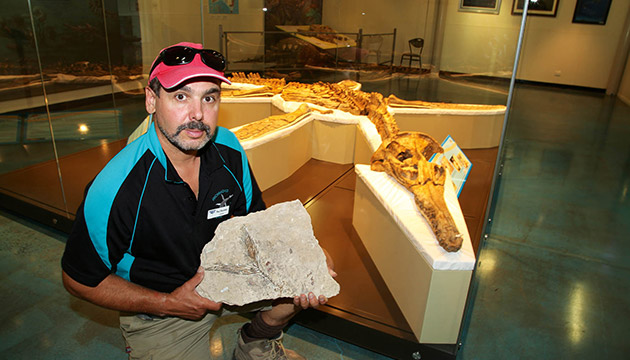Passionate Richmond locals are working together to draw new residents to their small outback town.
Story By Paula Heelan
In a bid to boost its population, the fiercely determined Richmond community is set to turn things around. In this small town on the banks of the Flinders River, midway between Townsville and Mount Isa in north-west Queensland, more than 80 residents have left since 2001, reducing the population to less than 850. Economic changes and the loss of some services are largely responsible. But residents have initiated a solid plan to encourage people to consider moving to Richmond.
To get things rolling, the council has set up a land ballot. Mayor John Wharton says people who fit the criteria can enter at a cost of $1. “We’ve opened a serviced area and will ballot four of the 10 new blocks,” he says. “One of the criteria is that the house should be under way within two years.”
The community has also launched a campaign called Richmond Uncovered with a slick website and marketing plan. Coordinator Sara Hales says the website supports people advertising jobs, businesses and housing for sale. “We’ve already had a huge number of inquiries,” Sara says. “Commerce Richmond and Richmond Uncovered are designed to further support the people who have been working tirelessly to ensure our town’s sustainability. Our collaborative, whole-community approach has gained support from council, the State Government’s Building Rural Communities Fund through Blueprint for the Bush, volunteers who manage the project and REX airlines.”
Sara and her husband, Charlie, moved to Richmond in 2001 to work on a cattle station. In 2004 they moved into town, started their own business and bought a home. “I grew up in Sydney and had wondered why people lived in small towns,” she says. “Turns out I am happier here than I have been anywhere. It’s the people, my community involvement and the idyllic childhood for our kids that have made me so happy.”
Richmond is recognised worldwide for its fossils, which are found prolifically near the town. A state-of-the-art museum displays local fossils from the cretaceous inland sea that covered a large section of Queensland 129 million years ago.
This story excerpt is from Issue #88
Outback Magazine: Apr/May 2013










